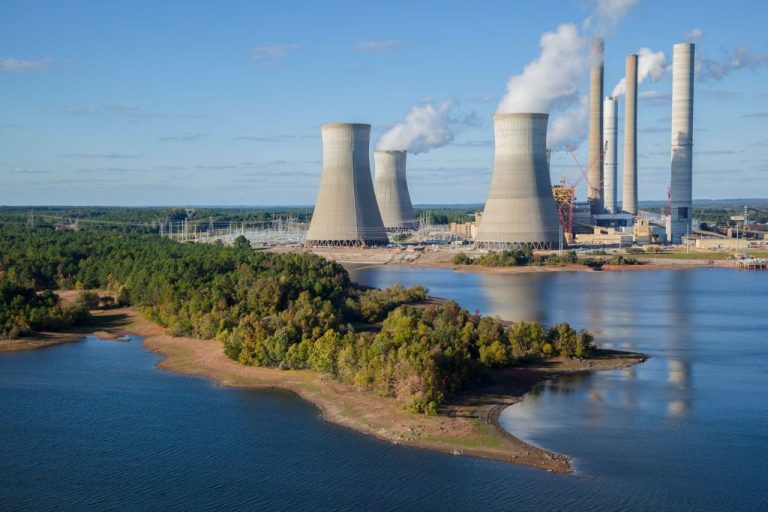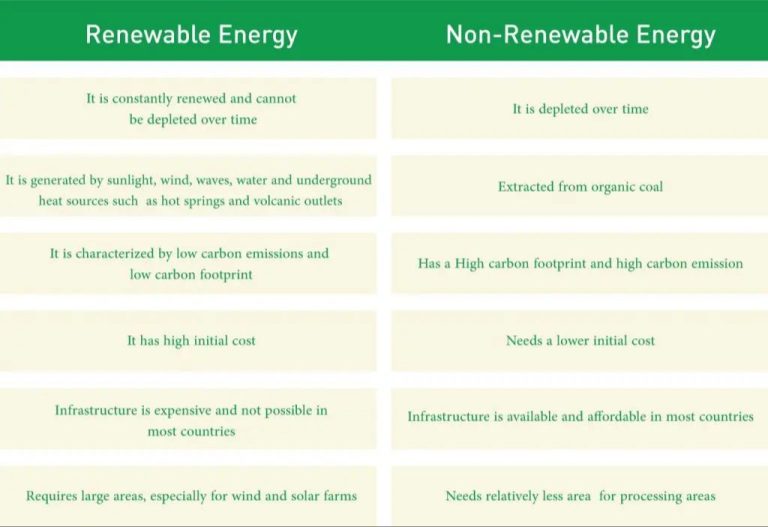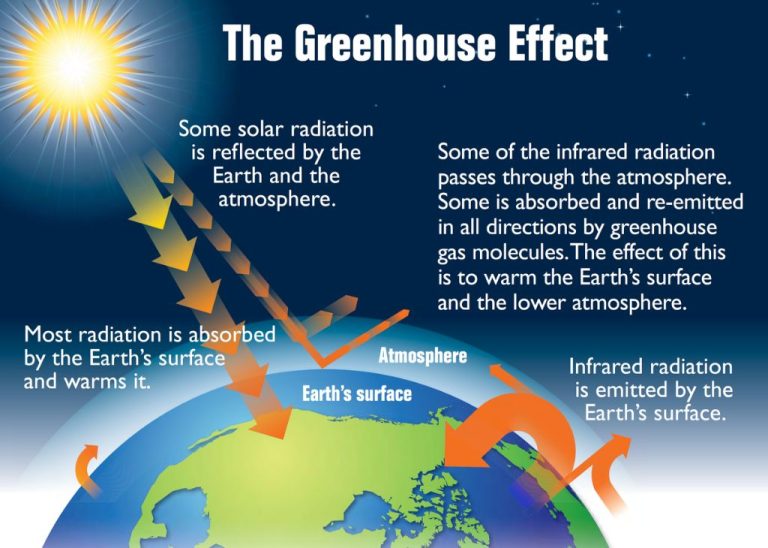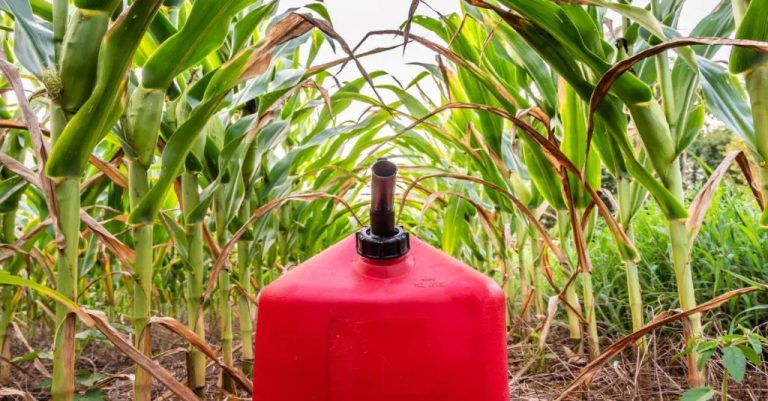What Causes Potential Energy To Increase Or Decrease?
Definition of Potential Energy
Potential energy is the energy an object possesses due to its position or composition. It is energy that is stored and held in readiness. Potential energy can refer to the energy stored in many forms, such as the energy stored in a wound spring, by objects in a gravitational field, the chemical energy stored in petrol, or the electric energy stored in a battery. Unlike kinetic energy, which is the energy of motion, potential energy is stored energy and the potential to do work.
Gravitational Potential Energy
Gravitational potential energy depends on the height of an object above some reference point, such as the ground or floor, and the strength of gravity. The higher the object is above the reference point, the greater its gravitational potential energy. This is because the object has the potential to release energy as it falls towards the reference point under the influence of gravity. For example, a book sitting on a high shelf has more gravitational potential energy than the same book sitting on a coffee table. This is because the book on the shelf has the potential to fall a greater distance, releasing more energy in the process.
The formula for gravitational potential energy is:
Gravitational Potential Energy = Mass x Gravity x Height
Where:
– Mass is the amount of matter in the object
– Gravity is the acceleration due to gravity
– Height is the vertical distance between the object and the reference point
Gravity causes objects with mass to be attracted to one another. The strength of gravitational attraction depends on the masses of the objects. Gravitational potential energy increases as the height above a reference point increases because the object has the potential to fall further under gravity, releasing more energy.
Increasing Gravitational Potential Energy
Gravitational potential energy increases when an object is lifted to a higher height. Gravitational potential energy is the energy stored in an object due to its height above the ground. When you lift an object upwards, you are moving it against the downward pull of gravity. This requires effort to overcome gravity and raise the object. The higher the object is lifted, the greater its potential energy becomes.
For example, lifting a book from the ground onto a table increases its gravitational potential energy. Lifting it higher to the top shelf of a bookcase further increases its potential energy. The increase in potential energy comes from the work done against gravity to lift the book. More work is required to lift it higher, resulting in more potential energy being stored. Gravitational potential energy increases in direct proportion to height. Doubling the height will double the gravitational potential energy. This relationship allows potential energy to be calculated based on the object’s mass, gravity’s acceleration, and height. In summary, the gravitational potential energy increases when an object is raised to a higher elevation against the downward force of gravity.
Decreasing Gravitational Potential Energy
Gravitational potential energy can be decreased by allowing an object to move to a lower height in a gravitational field. For example, imagine holding a book in your hand while standing at the top of a staircase. The book has gravitational potential energy due to its height above the floor. If you were to release the book from your hand, allowing it to fall down the stairs, the gravitational potential energy of the book would decrease as it falls to a lower height. The force of gravity acts on the book, accelerating it downward. As it falls, the potential energy is converted to kinetic energy as the velocity of the book increases. When the book hits the floor at the bottom of the stairs, all of its potential energy will have been depleted and converted to kinetic energy.
This demonstrates that the gravitational potential energy of an object depends on its vertical position in a gravitational field. The higher the position, the greater the potential energy. Lowering the vertical height of an object in a gravitational field is an effective way to decrease its gravitational potential energy.
Elastic Potential Energy
Elastic potential energy is energy stored in objects that can be stretched or compressed, such as springs or rubber bands. When you stretch or compress a spring or rubber band, you are doing work against the elastic forces in the material. This work gets stored in the object as potential energy.
The amount of elastic potential energy stored in an object depends on the stiffness of the object (its spring constant) and how much it is displaced from its relaxed position. The more stiff the object is, and the more it is stretched or compressed, the more elastic potential energy it will store.
For example, when you pull back a slingshot, you are stretching the rubber band and doing work against its restorative elastic forces. This work gets stored as elastic potential energy. When you release the slingshot, the stored elastic potential energy is converted into kinetic energy as the rubber band snaps back to its relaxed shape and propels the projectile forward.
The same principle applies for compression. When you compress a spring, you store elastic potential energy. This energy can then be released to do work. Springs and rubber bands are common examples, but anything that can be elastically deformed stores this type of potential energy, including bridges, trampolines, and even guitar strings.
Increasing Elastic Potential Energy
Elastic potential energy can be increased by stretching or compressing an object more than its natural state. For example, when you pull back on a rubber band, you are stretching the molecules in the rubber band farther apart. This requires energy and stores that energy in the rubber band as elastic potential energy. The farther you stretch the rubber band, the more you increase its elastic potential energy. Springs work similarly – when you compress or stretch a spring, you store elastic potential energy in it. The more you compress or stretch the spring, the more elastic potential energy builds up.
In both cases, the elastic potential energy comes from the electromagnetic forces between atoms and molecules in the material. When you stretch or compress the material, you move those atoms and molecules into positions that increase the electromagnetic forces between them. This builds up potential energy that can later be released when the object returns to its original shape.
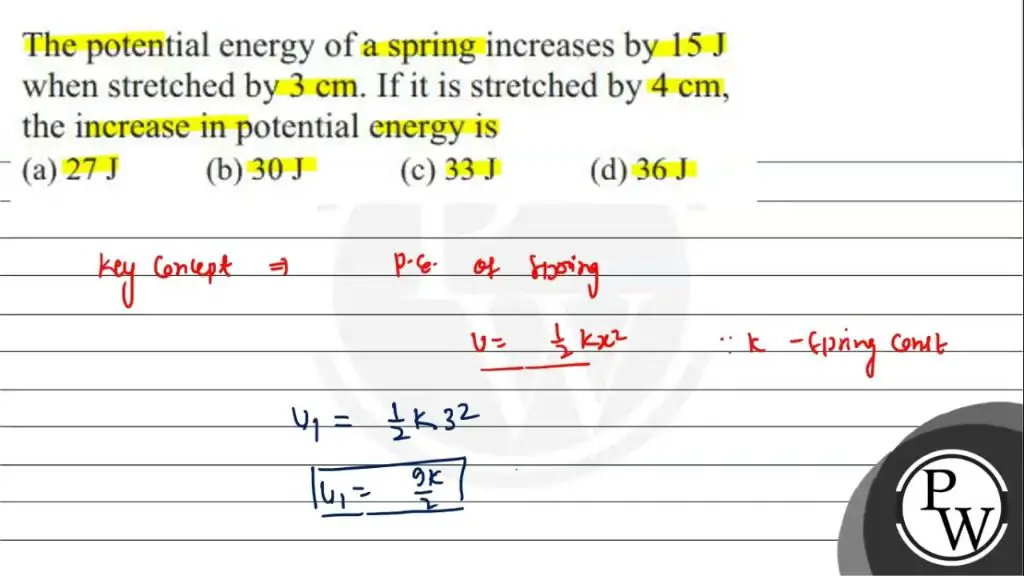
So in summary, to increase elastic potential energy in an object, you need to stretch or compress it more than its natural state, which increases the electromagnetic forces between the atoms and molecules. The greater the deformation, the greater the increase in elastic potential energy.
Decreasing Elastic Potential Energy
Elastic potential energy can be decreased by allowing a stretched or compressed object to return to its natural, relaxed state. For example, when a rubber band is stretched, it stores elastic potential energy. As the rubber band is allowed to contract back to its original shape, that stored elastic energy is released and the potential energy decreases. The molecules in the rubber band were initially pulled apart by the stretching force. When released, the intermolecular forces pull the molecules back together, releasing the stored energy. Similar principles apply for compressed objects like springs. Allowing a compressed spring to expand releases its elastic potential energy.
The amount of elastic potential energy lost when an object returns to its relaxed state is equal to the amount of elastic potential energy initially gained when deforming the object. Stretching or compressing an object further stores more elastic potential energy, while allowing it to relax converts that energy into kinetic energy as the object returns to its natural shape.
Chemical Potential Energy
Chemical potential energy is the energy stored in the bonds between atoms and molecules. It is the energy that holds these particles together. During chemical reactions, the chemical bonds between reactants are broken and new bonds are formed between products, resulting in an energy change.
There are two main types of chemical potential energy:
- Bond energy – the energy required to break a chemical bond between two atoms in a molecule.
- Strain energy – energy stored in unstable/strained molecular configurations.
For example, the bonds between hydrogen and oxygen atoms in a water molecule contain chemical potential energy. When water undergoes electrolysis, these bonds are broken, requiring an input of energy. The resulting hydrogen and oxygen gases have higher potential energy than they did when bonded together in water molecules.
Increasing Chemical Potential Energy
Chemical potential energy stored within the bonds between atoms or molecules in a substance can increase through a chemical reaction that results in the formation of stronger chemical bonds.
For example, during an exothermic chemical reaction like combustion, the reactants such as hydrogen and oxygen gases have weaker bonds between their respective atoms. When these reactants undergo combustion and form water (H2O), the new bonds created between the hydrogen and oxygen atoms in water are stronger than the bonds that existed in the reactant molecules alone.
This formation of stronger chemical bonds releases energy, usually in the form of heat. However, prior to the reaction taking place, the energy required to form those stronger bonds is stored within the reactants as potential energy. Therefore, chemical potential energy increases when new, stronger chemical bonds are able to be formed between atoms and molecules during a reaction.
Decreasing Chemical Potential Energy
Chemical potential energy decreases when chemical bonds between atoms and molecules are broken. Breaking chemical bonds requires energy input, which means the potential energy locked in those bonds is released. For example, when wood burns, the chemical bonds between carbon, hydrogen and oxygen atoms in the wood’s organic molecules are broken apart. This releases energy in the form of heat and light. The resulting products like carbon dioxide and water have less potential energy than the organic wood molecules did originally. In another example, digestion breaks down large food molecules like carbohydrates, fats and proteins into smaller molecules, releasing energy that cells can use. Explosives and internal combustion engines also decrease chemical potential energy through breaking chemical bonds rapidly.

